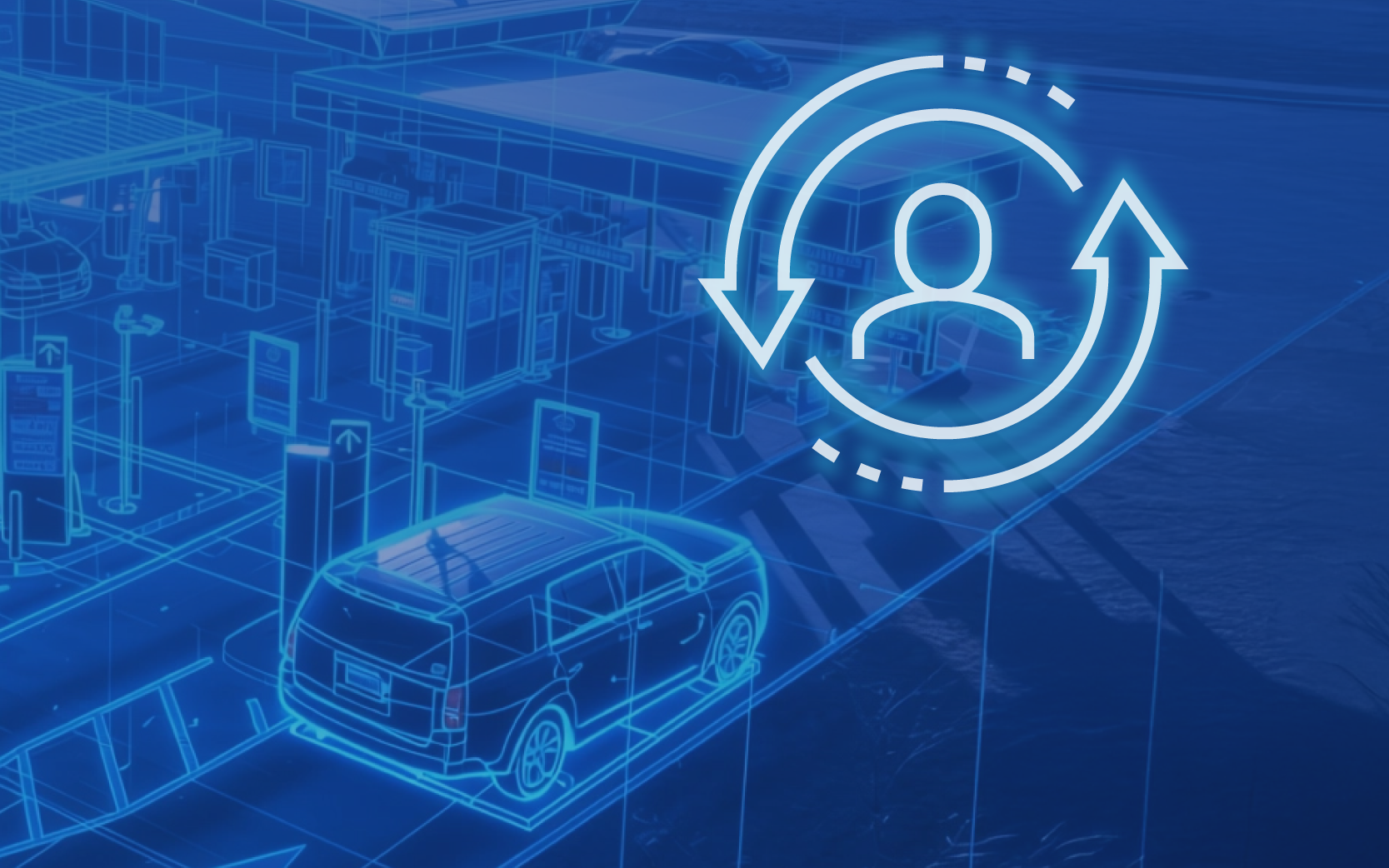July 29, 2021 | Todd Davy
If you purchased software 20 years ago, chances are you downloaded it off a set of 3.5″ diskettes. Now software is typically downloaded online or may live on the cloud and not have to be downloaded at all.
Just as the way we access software has changed, so has the way we pay for it. More and more, software companies are moving away from the traditional perpetual software licensing and embracing a subscription licensing structure. Car wash technology is no exception as point-of-sale (POS) systems begin to adopt the subscription licensing method. Here’s what you need to know.
The Difference Between Subscription and Perpetual Software Licensing
Back when software was downloaded off those diskettes, it was typically purchased through a perpetual license. In this type of licensing, you would pay a large upfront amount for permanent access to the software. You would likely also pay a monthly or annual fee for maintenance, support and upgrades.
This traditional model has slowly been replaced by the subscription method in which you pay yearly or monthly to access the software. This is similar to the way that your unlimited plan members pay monthly to wash as often as they like.
Support and upgrades are included in the recurring charge. When you stop paying, you lose access to the software.
Benefits of Subscription Car Wash POS Licensing
Some people feel more comfortable “owning” software under a perpetual license, rather than “renting” under a subscription. However, there are many benefits to subscribing to car wash POS software:
- Lower upfront investment. Because you’re not purchasing the software in one lump sum, you don’t initially need as much capital to get a great car wash POS system. Moreover, it’s scalable – you can subscribe to the “base” software at entry-level pricing and add features as you grow.
- Automatic updates. With perpetual licenses, updates are usually deployed in the form of a new version. You don’t get updates until the new version of the software has been installed on your server. Subscription software continually provides new features and bug fixes that are automatically pushed to the software so you always have the latest and greatest.
- Peace-of-mind. Those updates include security safeguards, so your subscription software continually stays up to date with modern security standards.
- No Hidden Fees. All upgrades and technical support are included in the subscription price. Your subscription also includes all cloud servers, storage and the management of that infrastructure.
| Subscription Licence | Perpetual License | |
| Cost | Monthly fee, lower up-front cost | One-time, higher up-front cost + monthly/annual maintenance/support/upgrade fees |
| Feature/Software Updates | Included in monthly fee, deployed continually and automatically so you always have the latest features. | Require additional, recurring maintenance fee. Updates are released in new versions that are occasional and must be installed. |
| Tech support | Included in monthly fee | Extra fee |
| Usage period | Monthly/Annually | Permanent |
| Cash Flow | Smaller impact on cash flow in year one | Bigger impact on cash flow in year one |
Examples of Subscription Software Licensing
Subscription licensing is nothing new. In fact, some of the biggest software companies in the world have adopted this model:
- Microsoft Office to Microsoft 365 – Purchased under a perpetual license, each Microsoft Office version had specific/finite features. If the next version of Microsoft Office had a feature you wanted, you had to buy another license. Now you can instead pay a monthly or annual fee for Microsoft 365, which always provides access to the latest version and features.
- Adobe Creative Suite to Adobe Creative Cloud – Adobe used to sell the Creative Suite (Photoshop, Illustrator, InDesign, etc.) as a perpetual license. Like Microsoft Office, users had to purchase new versions to get the latest features, which were generally highly coveted by graphic artists who wanted the latest and greatest. Adobe discontinued the Creative Suite in favor of the Creative Cloud, which is accessed via a subscription license and is continuously upgraded.
Even if you don’t use Microsoft or Adobe, you have undoubtedly used software under a subscription license. Zoom, QuickBooks and even Netflix are popular examples.
Embracing the Future
Perpetual licensing is going the way of the 3.5” diskette, and the perpetual car wash POS license is no exception. Embracing the subscription licensing model will help you get more from your technology investment.





